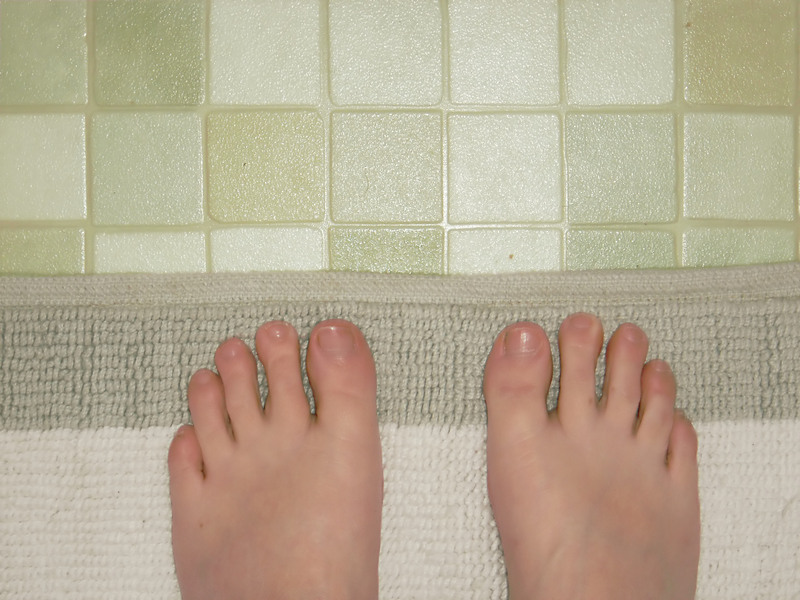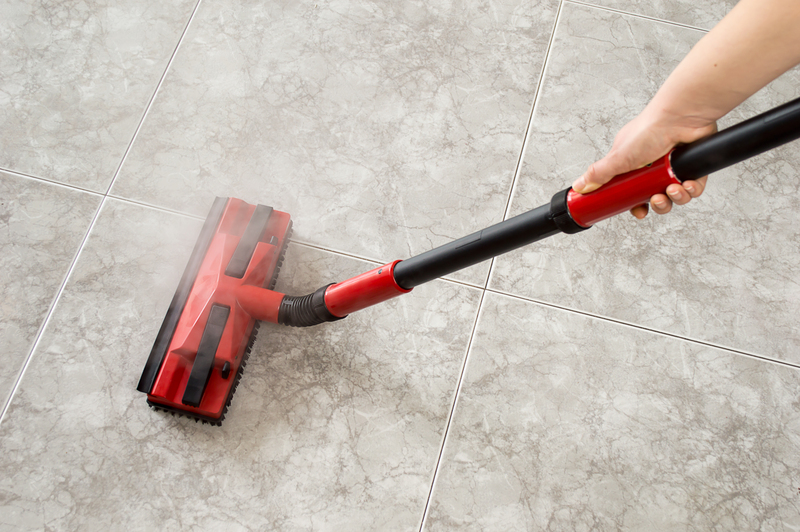Washing Sofa Covers: Tips to Avoid Damaging and Shrinkage
Sofa covers are essential for maintaining the look and feel of your favorite furniture. They protect your upholstery from spills, stains, and daily wear and tear. But what happens when those covers themselves need a good clean? Many people are hesitant to wash their sofa slipcovers for fear of damaging or shrinking them. With the right techniques and care, you can keep your sofa covers looking fresh and new without risking shrinkage or damage. In this comprehensive guide, we'll walk you through the best practices for washing sofa covers and share valuable tips to avoid shrinkage and maintain their quality.
Understanding Your Sofa Cover Fabric
Before diving into the washing process, it's critical to understand the fabric of your couch covers. Different materials require different care, which is why reading the care label is always the first step.
Common Sofa Cover Fabrics
- Cotton: Soft, comfortable, but prone to shrinkage if not washed properly.
- Polyester: Durable and less likely to shrink, but can be sensitive to high heat.
- Linen: Natural and breathable, but requires gentle handling.
- Blends: Many covers are a mix of fibers, offering benefits of both.
- Microfiber: Affordable and stain-resistant, easy-care but be mindful of high temperatures.
Tip: Always check for specific cleaning instructions on the garment label. When in doubt, spot test a small inconspicuous area before doing a full wash.

Pre-Washing Preparations
Proper preparation is key to preventing damage and shrinkage during cleaning. Start your sofa slipcover washing routine with these steps:
1. Vacuum the Covers
Before removing the covers, vacuum them thoroughly to remove dust, crumbs, pet hair, and debris. This prevents particles from embedding in the fabric or your washing machine.
2. Remove Stains Before Washing
Check for visible stains and treat them with a gentle, fabric-safe stain remover. Avoid harsh chemicals that can weaken fibers. Apply your remover and blot--don't rub!--to lift stains without spreading them further.
3. Fasten Zippers and Closures
Zip up zippers, fasten Velcro, or close buttons before washing. This simple step helps the covers retain their shape and prevents fastenings from snagging on the fabric.
The Best Way to Wash Sofa Slipcovers
If your sofa covers are machine washable, follow these steps to clean them safely and effectively:
Choosing the Right Washing Machine Settings
- Use Cold Water: Cold water minimizes shrinkage, particularly for cotton and linen fabrics.
- Select a Gentle Cycle: Choose a delicate or gentle wash cycle to reduce agitation and stress on the material.
- Mild Detergent: Opt for a mild, color-safe detergent to protect both color and fabric integrity.
Pro Tip: Avoid bleach or strong fabric whiteners, as they can break down fibers, cause discoloration, and accelerate shrinking.
Hand Washing Sofa Covers
If your covers are extra delicate or not recommended for machine washing, hand washing is a safe alternative.
- Fill a clean bathtub or large basin with cool or lukewarm water.
- Add a mild detergent and gently agitate the water with your hands.
- Immerse the covers and gently press them without harsh wringing or twisting.
- Rinse thoroughly with cool water to remove all soap residues.
*Gently squeeze out excess water instead of wringing the fabric.*
Spot Cleaning for Minor Stains
In some cases, a full wash isn't necessary for your sofa covers:
- Use a damp cloth: For light stains or marks, gently blot with a damp, clean cloth and a small amount of mild soap.
- Dry thoroughly: Allow the spot-cleaned area to air dry completely before replacing the cover on your sofa.
Drying Your Sofa Covers: Preventing Shrinkage and Damage
How you dry your sofa covers is just as important as how you wash them. The following techniques will help you avoid shrinkage and maintain the perfect fit:
1. Air Dry Whenever Possible
Lay the covers flat on a clean, dry towel or hang them over a clothesline away from direct sunlight. Air drying is the safest method, reducing the risk of shrinking or warping. Rotate and reshape the covers periodically as they dry to maintain their original form.
2. If Machine Drying, Use Low Heat
- Use the tumble dry low setting only when the care label allows it.
- Low or no heat helps prevent shrinkage and damage to elastic or seams.
- Remove the covers from the dryer while still slightly damp to air-dry the rest of the way, minimizing wrinkles.
3. Avoid Direct Sunlight
Exposure to the sun can fade colors and weaken fabric over time. Always air dry in a shaded, ventilated area for best results.
Ironing and Replacing Sofa Covers
After washing and drying, your sofa covers may have some wrinkles. Here's how to smooth them out safely:
- Use a warm (not hot) iron: If the care label permits, gently iron on the reverse side of the fabric. Use a pressing cloth to avoid scorching delicate fibers.
- Steam option: A handheld fabric steamer can effectively remove wrinkles without direct contact.
Re-fitting Tip: Replace the covers on the sofa while they're still a touch damp. This ensures a snug fit and further reduces the likelihood of creases.
How Often Should You Wash Sofa Covers?
Frequency depends on usage. For homes with pets, children, or frequent guests, aim to wash the covers every 3-6 months. For lower traffic areas, twice yearly will suffice.
- Regularly vacuum and spot clean between full washes to extend the life of the covers.
How to Avoid Common Mistakes When Washing Sofa Covers
1. Skipping the Care Label
Every sofa cover is different. Always check the instructions before washing to avoid preventable damage.
2. Overloading the Washing Machine
Wash covers alone or in small batches. Overloading can stretch or tear fabric and prevent thorough cleaning.
3. Using High Heat
High water or dryer temperatures are leading causes of shrinkage of sofa slipcovers. Always stick to cool or lukewarm settings.
4. Ignoring Fasteners
Unzipped zippers and loose Velcro can snag and rip other fabrics in the wash.
5. Using Bleach and Strong Chemicals
Harsh chemicals can thin fabric, cause discoloration, and may even weaken elastic edges, leading to a poor fit.
Alternative Cleaning Methods for Non-Removable or Delicate Sofa Covers
1. Professional Cleaning
If your sofa covers are made of silk, wool, or have intricate details, consider hiring a professional upholstery cleaner who uses methods like dry cleaning or gentle steam cleaning.
2. Steam Cleaning
For non-removable covers, use a home steam cleaner for deeper cleaning without saturating the fabric. Always test a small area first.
3. Dry Clean Only Labels
Do not attempt machine or hand washing if the label says "dry clean only." Home washing may ruin the fabric or structure of the cover.
Storage Tips for Extra Sofa Covers
Proper storage keeps spare sofa covers fresh and ready to use:
- Clean before storing: Never store covers that are dirty or stained.
- Use breathable storage bags: Store in cotton or muslin bags to prevent mold and mildew.
- Avoid plastic: Plastic traps moisture, encouraging bacteria and odors.
- Store in a cool, dry place: Prevents fading and fabric degradation.

FAQ: Washing and Caring for Sofa Covers
Can all sofa covers be machine washed?
Not all covers are suitable for the washing machine. Always check the care label. Some delicate or specialty fabrics must be spot cleaned or dry cleaned to avoid damage.
How do I prevent my sofa covers from shrinking?
Use cold water, gentle cycles, mild detergent, and avoid high heat when washing and drying. Air drying is always best for shrink-prone fabrics.
What if my covers have already shrunk?
Unfortunately, significant shrinkage is usually irreversible. You can try to stretch covers while damp and refit them to the sofa, but prevention is key.
Can I use fabric softener on my sofa covers?
Check the manufacturer's label first. Some fabric softeners can leave residues or affect stain resistance. When in doubt, use a little white vinegar in the rinse cycle for natural softness and freshness.
Conclusion: Keep Your Sofa Covers Looking Like New
Washing sofa covers doesn't have to be daunting. By following the steps above, you can safely clean your covers, keep them free of stains and odors, and preserve their perfect fit without shrinkage or damage. Remember, the most critical part is paying close attention to the fabric type and care instructions, using mild detergents, low temperatures, and air drying whenever possible. With regular maintenance and thoughtful washing practices, your sofa slipcovers will remain as inviting and comfortable as the day you brought them home.
Ready to refresh your living space? By mastering the art of washing sofa covers without shrinking, you'll extend the life of your furniture and maintain a crisp, welcoming home environment for years to come.


